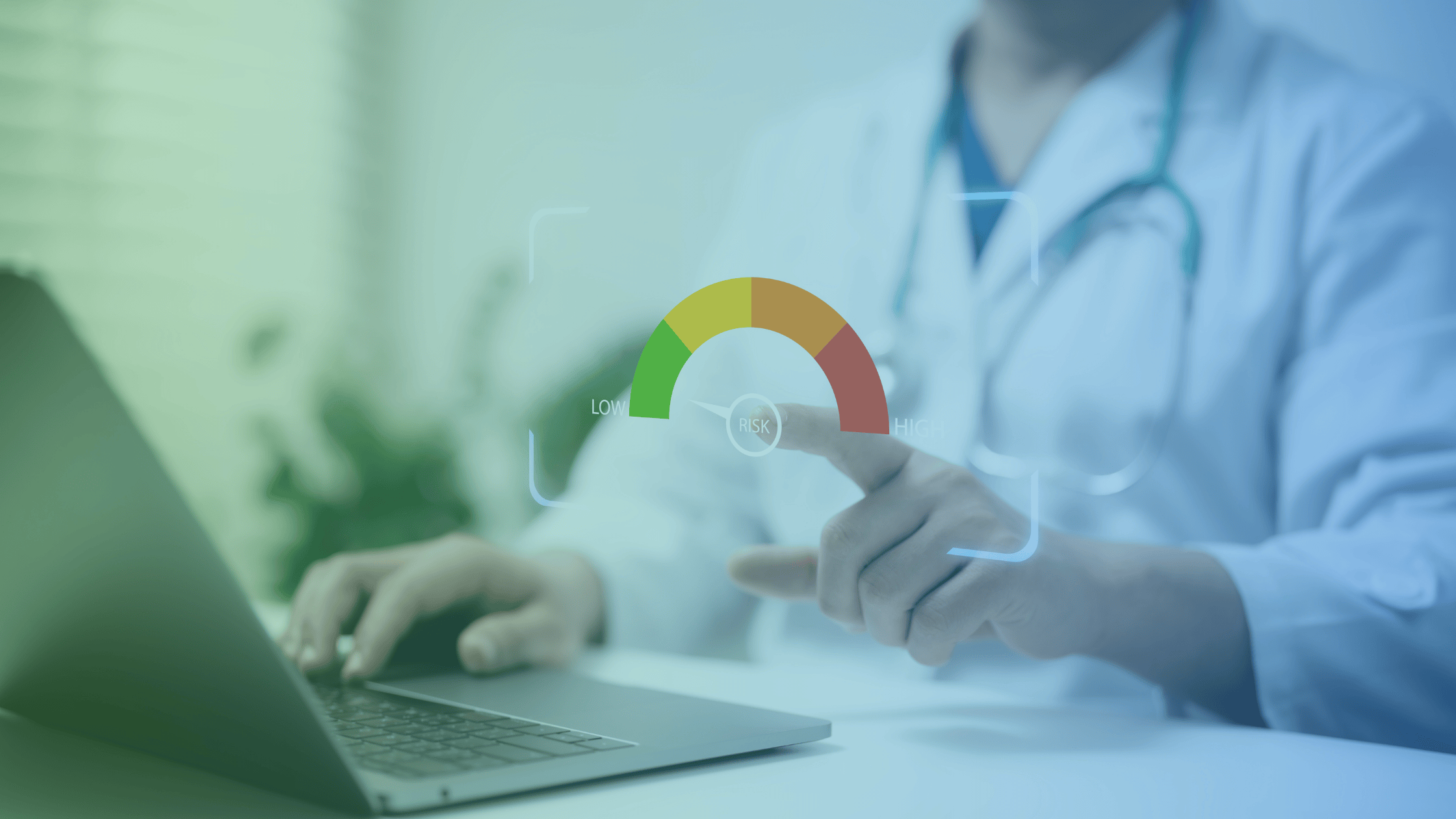Most safety teams know the risks. One missed hazard can lead to serious injuries, lost time, and regulatory trouble. Still, many organizations depend on outdated processes, paper forms, slow audits, and siloed systems, to manage those risks. The reality? That delay puts workers in harm’s way.
Ready to tighten up hazard identification and risk assessment? Let’s look at why traditional methods often fail and how modern EHS software helps you act faster, spot issues earlier, and keep your team protected.
Where Companies Fall Behind
Hazard identification is about spotting anything that could cause harm. Risk assessment helps you understand how serious that harm could be, and how likely it is to happen. These aren’t one-time tasks. They require constant attention, especially in fast-moving or high-risk environments.
Yet many teams still rely on tools and workflows built for a slower pace. Paper forms get lost. Whiteboards are out of date by the end of the day. Annual audits highlight problems long after they’ve become costly.
Hazards don’t follow a schedule. They appear when tasks change, when conditions shift, or when workers improvise under pressure. Without a system that keeps up in real time, critical warning signs go unnoticed.
When reporting is slow or inconsistent:
- Small issues grow into serious risks
- Employees stop reporting because nothing changes
- Leaders don’t hear about hazards until after someone gets hurt
Over time, this creates more than operational delays. It damages your safety culture. Workers stop speaking up. Teams fall into reactive habits, and instead of preventing problems, you're just trying to catch up.
To fix the problem, we have to look at what’s causing it. That starts with understanding why these gaps keep showing up in the first place.
Why It Keeps Happening
In most cases, it’s not about carelessness. It’s about capacity. Safety teams are stretched thin, juggling compliance, training, inspections, and reporting, all while managing urgent tasks that pop up daily.
On the front lines, employees may not know what a hazard looks like, especially if their training is outdated or inconsistent across teams. Field workers often lack a quick, reliable way to document what they see, especially in remote areas where digital systems don’t reach.
Even when hazards are reported, the process often ends there. Without clear follow-up, accountability breaks down. Open items get buried in emails or binders. Nothing gets closed out, and the same problems resurface weeks later.
These issues are common, but they’re not permanent. Solving the problem doesn’t mean adding more work. It means using smarter tools that make hazard management part of everyday operations.
Tools That Actually Work
Effective hazard management means making the process simple, visible, and built into the way work gets done.
- Mobile reporting tools are a game-changer. Workers can snap a photo, drop a GPS tag, and log the issue while they’re still on site. No need to wait until they’re back at a computer, or worse, forget the hazard entirely.
- Automated workflows ensure that once a hazard is logged, it doesn’t just sit in a queue. It triggers tasks, alerts the right people, and sets deadlines. Everyone knows who’s responsible, and nothing falls through the cracks.
- Dashboards give safety teams real-time insight across locations. You can see where hazards are increasing, which ones are still open, and how long they’ve gone unresolved. It’s the difference between reacting late and responding early.
- AI tools take this even further. By analyzing past incidents, system data, and behavioral patterns, AI can highlight which hazards are most likely to lead to serious injuries. This helps safety leaders target high-risk areas before an event happens, not after.
These tools aren’t about replacing people. They’re about supporting them, giving your team the visibility, speed, and confidence they need to act fast and protect others. That’s where EHS Insight comes in.

How EHS Insight Makes It Easy
EHS Insight helps teams identify and control hazards before they lead to injuries, downtime, or compliance issues. Here's how:
- Mobile hazard reporting: Capture issues with photos, GPS, and notes, on the go and offline
- Custom risk matrix: Score hazards based on severity and likelihood, and prioritize response
- Automated CAPA workflows: Assign corrective and preventative actions automatically
- AI-powered SIF prediction: EHS Insight Copilot helps you spot serious injury risks early
- Training tools: Reinforce hazard recognition with built-in employee training and tracking
- Real-time dashboards: Keep your team and leadership aligned with current, visual data
With the right tools and processes, you can shift from reactive to preventive. You can train better, see more clearly, and act faster. EHS Insight gives you that ability, without the clutter, complexity, or delay.
Want to see it in action? Schedule a demo or visit our product page to learn how EHS Insight can help you spot risks early and keep your team safe.

FAQs
What is hazard identification in the workplace?
Hazard identification is the process of finding anything in the workplace that could cause harm to people, property, or the environment. It includes spotting physical, chemical, biological, ergonomic, and safety risks. The goal is to recognize these issues early so they can be controlled or removed before they lead to incidents.
Why is risk assessment important in EHS programs?
Risk assessment helps organizations evaluate how likely a hazard is to cause harm and how severe that harm could be. This process allows safety teams to prioritize which hazards need the most urgent attention. It’s a key step in preventing injuries and staying compliant with OSHA safety standards.
How does EHS software improve hazard identification and risk assessment?
EHS software improves the process by giving teams mobile tools to report hazards immediately, automating follow-up tasks, and providing real-time dashboards for visibility. Platforms like EHS Insight also include AI-driven features that help predict serious injury risks and streamline compliance efforts.
